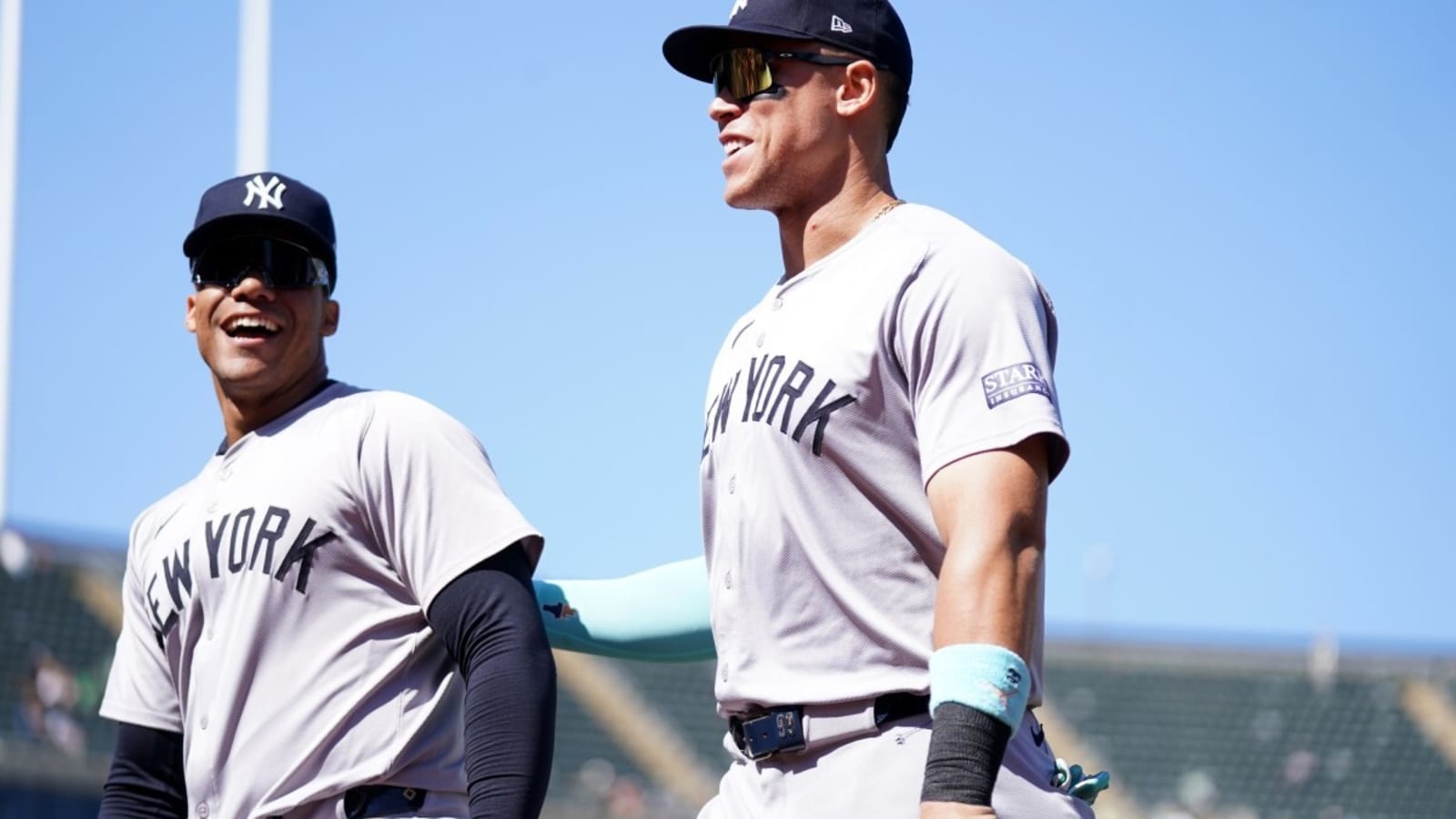
Asked how it felt to face pitchers without Aaron Judge hitting behind him, Juan Soto was brutally honest.
“It’s definitely different,” Soto told the New York Post. “I had the best hitter in baseball hitting behind me. I was getting more attacked and more pitches in the strike zone, less intentional walks and things like that. I was pitched differently last year.”
It was a reminder of what he had with the Yankees.
While this isn’t regret, it’s an honest answer that shows the consequences of his decision.
Judge and Soto at the top of the lineup were an almost perfect one-two punch. They were both dangerous, smart power hitters who complemented each other. Judge’s ability to hit home runs forced pitchers to challenge Soto. Soto’s plate discipline got Judge a chance to see more fastballs. They made each other better, in short.
While Judge seems to be doing pretty well with the Yankees’ reconfigured lineup – he is among the league’s leaders in home runs with six – Soto understands that he has to adjust.
He’s still one of the most feared left-handed hitters in baseball. But the at-bats he’s having this season aren’t the same without that protection Judge gave him. So far, Soto has hit two home runs for the Mets.
This is something Soto must have considered when he chose to sign with the Mets for a historic $765 million over 15 years. He had a chance to come back to the Yankees for $760 million.
But he bolted across town and now he’s learning that when pitchers can work around him without the threat of Judge behind him, they are going to.
This isn’t a surprise.
Soto has always credited Judge. When the Yankees first acquired him in a trade from the San Diego Padres, Soto called Judge the best hitter in the game and said he couldn’t wait to hit next to him.
After a year of watching Judge up close and benefitting from his presence behind him in the lineup, it’s clear that appreciation has only grown.
More must-reads:
- Report: Red Sox players unhappy with Rafael Devers’ comments
- Cardinals pitcher throws first complete game of career against his former team
- The 'NBA First Team All-Defensive Team selections since 2013-14' quiz
Breaking News
Trending News
Customize Your Newsletter
 +
+
Get the latest news and rumors, customized to your favorite sports and teams. Emailed daily. Always free!








